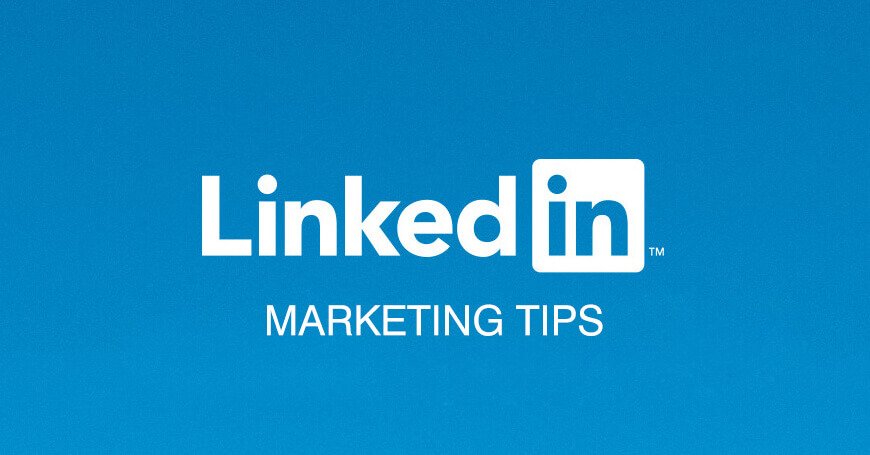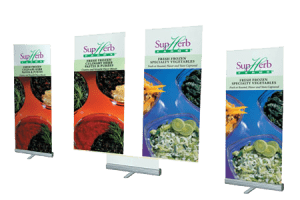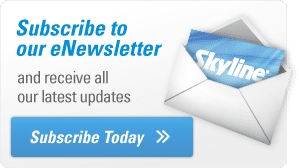Written by Holly Kunzman-Lippitt.
LinkedIn is a valuable tool for B2B marketing, but only if you use it to its full potential. In this article, we explore three broad ways of using LinkedIn for trade show prospecting.
ORGANIC REACH
It’s not enough to just continually connect with new contacts on LinkedIn. Building a large network won’t do much good if you never share helpful or insightful content with them. You need to nurture those connections by regularly creating engaging posts that establish you as an influencer within your industry. This makes you more of a “go-to” source when potential clients eventually decide to seek out information on products and services like the ones you offer. And it’s a great way to connect with old clients or prospects that get a firsthand example of how you are relevant and can help them in their new role or industry. It’s also a great way to connect with old clients or prospects who may not know that you can be a resource for them in certain aspects of their business. With your connection request comes your blog posts, past and present; your articles of interest, and, most importantly, your live, active resume.
What makes for engaging content? Self-promotional content rarely earns a lot of feedback. Industry news *can* be engaging, as long as it’s a critical piece of emerging news, as long as you’re regularly the first person in their network to continually “break” these types of stories, and as long as you are skilled at summarizing the relevance of each story to your followers.
But posting your own original LinkedIn content is a far better approach. You should write in the first person (“I,” “me,” etc.) to build your social identity. The content itself should help the reader better understand his or her business. The hashtags you use and the shares you receive from within your network will then expose your content to an ever-growing list of LinkedIn users who will want to connect with you to follow your insights. Giving recent examples of finished projects is a great way to engage followers.
Use the tools LinkedIn provides, under Notifications, then Post Analytics, you can see what top companies view your post, their titles and city. This can be a valuable tool in strategizing who to reach out to.
TRACKING WEBSITE VISITORS
While growing and nurturing your contacts is an ongoing affair, there will be times when you’ll want to use LinkedIn to manually track down hot sales prospects. One of the best ways to do this is to monitor the companies that have recently visited your website. If you are using a Customer Relationship Management tool such as Hubspot or SalesForce, you can typically see these company visits within your software’s interface. A quick check of the company employee roster on LinkedIn can reveal a list of key staff, one of whom might be the person who recently visited your website. A few well-placed calls, InMails and LinkedIn connection requests can get your name and contact information in front of key personnel at this critical sales conversion point.
If you don’t have a CRM, there are other tools that can alert you to recent companies that have visited your website, including Leadfeader or LinkedIn’s own Insight Tag. The Insight Tag is free and easy to install, but requires you to have a business page on LinkedIn and a LinkedIn ad account. It only works if an actual LinkedIn user visits your site, but the information it provides on these users more specific than what your CRM or Leadfeeder will reveal, in that it will also show the job title of the individual who visited your site. This can help you zero in when attempting to identify that site visitor via a cold call to the company.
PAID CAMPAIGNS
LinkedIn offers a number of ways for you to reach out to prospects who are not already connections, including via the use of sponsored content, ads or InMail direct message campaigns. Regardless of which form of paid placement you use, it’s often best to target prospects who are already familiar with you or your company. One method is by using LinkedIn to serve retargeting ads to your recent website visitors. You can also upload a list of your own customers or qualified prospects. If you decide to prospect more broadly, consider targeting people who may not know your company but who are at least familiar with the upcoming show, which you can do by uploading a current or prior-year attendee list from the trade show, or by targeting companies that you know always send representative to the show in question.
Individuals on LinkedIn who are neither familiar with your company nor planning to attend the same trade shows you are, are obviously much colder prospects. For this reason, targeting companies by industry, geography, etc., is likely to have a diminished return on investment. But by using a combination of organic, manual and paid reach, you can continually grow your circle of influence and reach out to core prospects before or after important trade shows.
ABOUT THE AUTHOR
Holly is an experienced Project Manager with Skyline New Jersey, with expertise in sales and implementation of successful exhibit programs. Her clients consist of small startups and large corporations, including everything that falls in between.









